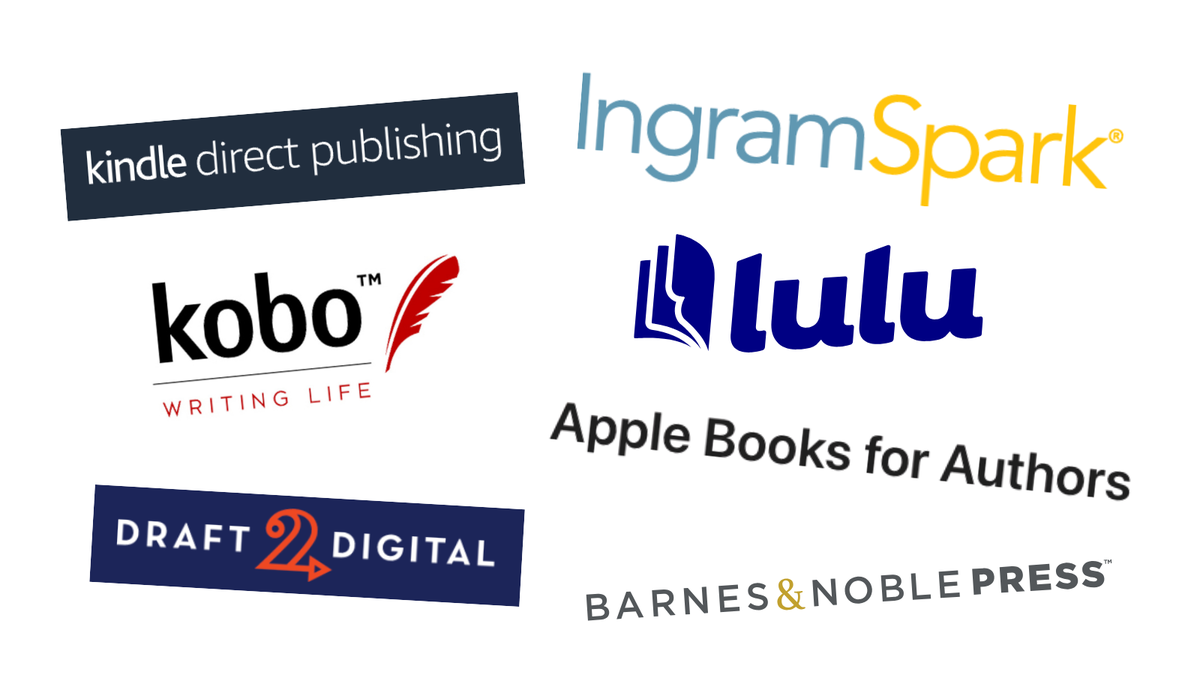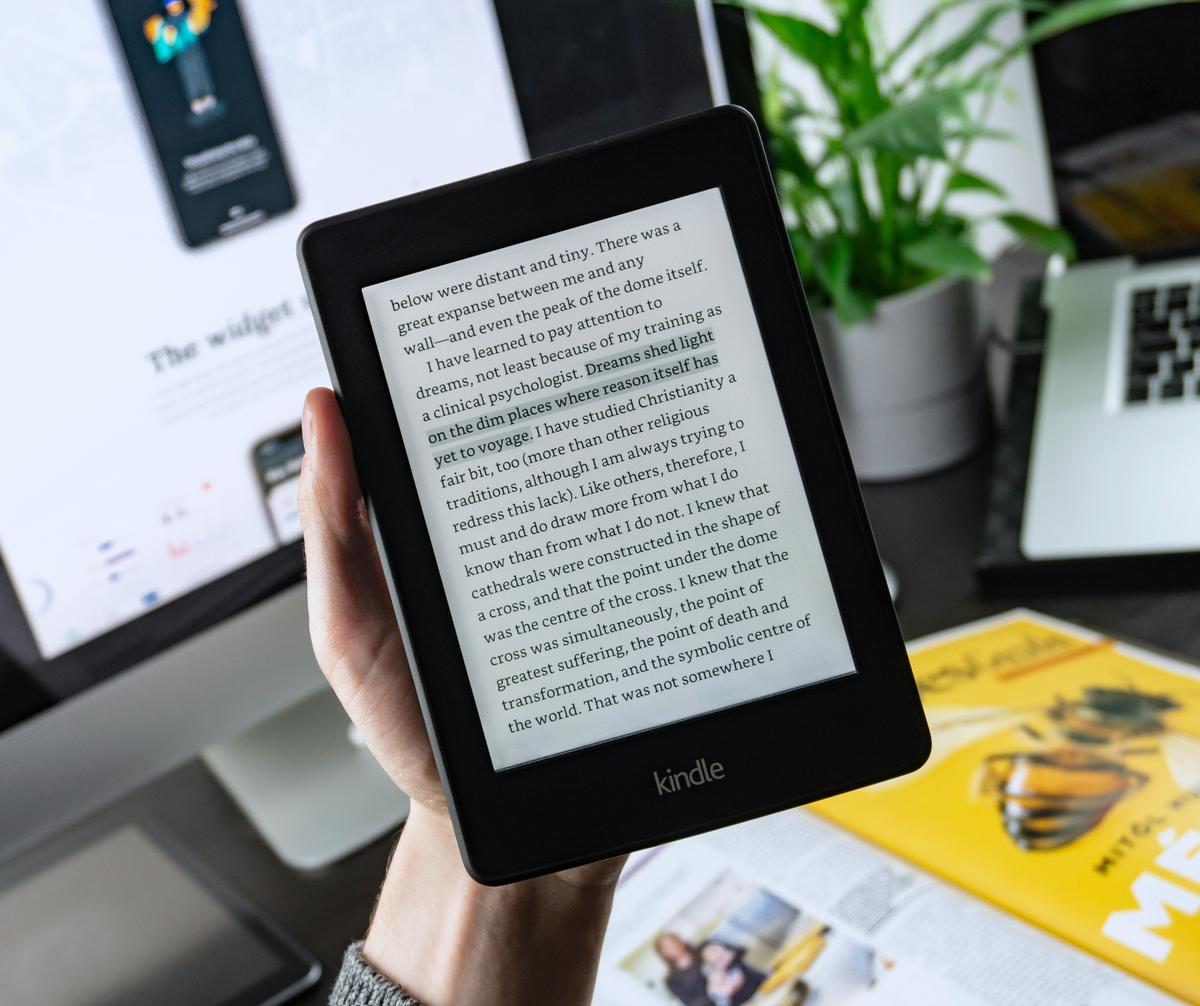
19th March, 2025
8 min read
Self-Publishing a Book vs. Traditional Publishing: Everything an Author Needs to Know
Written by:
Alex Thompson
Self-publishing as a route to market has never been more popular. Millions of books are now self-published each year, and the options for doing so are more varied than ever before. This increased choice gives authors greater control over their projects, but the allure of traditional publishing remains strong, offering prestige that continues to draw many authors in. Deciding between these two paths is a choice most authors face, and this article is here to help you determine which might be the best fit for your needs.
Let’s start by defining the difference between the two.
Self-publishing a book is the process by which an author independently publishes their work, either completely solo or with the help of third parties to do so. Self-publishing offers full creative control, faster publication timelines and the full retention of their book rights, but it also requires authors to invest time and possibly money into aspects like editing, design and promotion.
Traditional publishing is when an author works with a publisher who handles most or all aspects of the publishing process, from editing to marketing and distribution. Traditional publishing is often seen as more prestigious, as it involves receiving validation from publishers, but is a highly competitive space, with many authors facing large volumes of rejections before landing a deal (if they land one at all!) and requires an author to give up the rights to their work as well as receiving a worse royalty rate than self-publishing.
Though these definitions are broad, they should give you a foundational understanding of both options. Each has its pros and cons, so authors need to reflect on their goals and circumstances before deciding. Read on for a deeper comparison between the two.
Self-publishing
Self-publishing is actually the original form of publishing, with many renowned authors, such as Charles Dickens, Beatrix Potter, and Jane Austen, having self-published their works first. More recently, successful modern authors like E.L. James, Margaret Atwood, and Stephen King have also embraced self-publishing. However, as traditional publishing gained prominence, self-publishing was often relegated to the sidelines, frequently dismissed as "vanity publishing."
Today, the landscape has undergone a dramatic shift. Self-publishing is more popular than ever, and many benefits once exclusive to traditional publishing – such as high-quality production, distribution, and placement in bookshops – are now accessible to self-published authors who use publishers like Troubador. There are now various avenues for self-publishing a book, from releasing a free eBook on platforms like Amazon KDP to partnering with publishers like us who manage the entire process and deliver a professional-quality product. This newfound control and array of options empower authors in ways that were not previously possible, especially when facing the often daunting task of securing a traditional publishing contract.
With self-publishing, authors can expect direct control over production, marketing, and sales, but can also bring in experts for parts of the process that they feel less comfortable executing themselves or outsourcing to a publisher that can manage it for them. This allows authors to maintain creative control of their project and aim for their own specific objectives, whatever they may be.
Self-publishing also attracts a much higher royalty rate than traditional publishing. When an author might expect a maximum of 10–15% royalty rate with a traditional publisher, self-publishing royalty rates are typically far higher. For example, a book sold by Troubador on behalf of one of our authors can attract a royalty rate of 85% for the author at one end of the scale for books sold directly through our online bookshop, with the worst royalty rate for a book we sell being 25% when sold through Amazon to account for the discount they demand. This means that for every copy of the book sold through Troubador or another self-publishing provider, the author typically makes more money than those sold through traditional ones.
In addition to the royalty rates being better, timelines are almost always as well. Publishing on Amazon takes minutes for those with the right technical knowledge, and even books produced to the highest possible specifications through Troubador typically take 3–9 months, depending on what the author's objectives are. This is compared to the 1–2 years that the typical traditionally published book takes to publish from the point of a contract. Combined with the full retention of rights that a self-published author can expect, which is something traditional publishers will not offer their authors, makes self-publishing compelling for many authors.
Of course, as with traditional publishing, there are drawbacks to self-publishing. The largest of these, of course, is any cost that is incurred for self-publishing a book, which will need to be covered by the author. While lots of companies are transparent about their pricing, as we are on our pricing page, there will be a cost to self-publish a book for an author, either in time if they are doing everything themselves or financially if they are employing any help along the way. We’d always recommend seeking expert help (which will always come at a cost) to help your book stand out in a competitive marketplace. Still, there are many free self-publishing platforms available where publishing the work comes at no cost.
In addition to the costs, marketing and selling a self-published book can be a significant challenge, especially for authors who do not seek professional help. While established publishers, like us, can market books to both the trade and media, we also maintain direct sales and distribution channels with Amazon, wholesalers such as Gardners, independent bookshops, and large retailers like Waterstones (with whom we have a direct relationship), for authors who haven't carefully considered the distribution aspect of publishing trying to access the market without the kind of help we can provide, getting their book discovered and purchased by readers can be an uphill battle.
Finally, there's the lingering issue surrounding self-published books: the perceived stigma in certain literary circles. Though this perception continues to shrink each year, it originated from the lower quality that booksellers frequently encountered in early self-published works – issues such as poor design, typesetting, and overall print quality, as well as subpar editorial standards that negatively impacted sales. However, this is rapidly changing as self-publishing authors now have access to professional services for every aspect of the publishing process. For instance, Troubador assists authors with everything from editorial work to cover design, ensuring that books meet the highest standards. We also excel at getting these books into bookshops. While some stigma still lingers, it’s clear that the perception is fading – and it may soon disappear altogether.
 Traditional publishing
Traditional publishing
A large majority of authors seek traditional publishing contracts before exploring other self-publishing options. Some are successful, but most are not, which can be a really hard reality for authors to accept. The process of getting a traditional publishing contract is a notoriously challenging one. It will involve completing the work, seeking an agent who wants to act on your behalf as an author, allowing that agent time to approach and sell your book to a publisher, which then decides whether to take it on or not, and if not, receiving rejections. Authors looking to go down this path need to be ready to receive multiple rejections, potentially without ever receiving an acceptance.
However, for those who do receive a traditional publishing contract, they can expect to have the whole process of publication managed for them. From editorial to design, distribution to sales, a traditional publisher will handle the whole process on behalf of the author, meaning that an author does not need to learn the intricacies of how a book goes from manuscript to finished article.
In addition, within the author community, there is a strong perception that traditional publishing carries more prestige than self-publishing. This belief stems from the validation that comes with being accepted by a publishing house, which is perceived to signal higher quality to readers, critics and the book industry. Traditional publishers typically provide professional editing, marketing support and wide distribution, all of which enhance the book’s credibility. However, as self-publishing continues to evolve and professional services become more accessible through providers like Troubador, the gap between these two paths is narrowing, and authors are achieving success and recognition through both routes.
From a financial perspective, traditional publishing contracts will never require authors to spend any of their own money to publish their books. In addition, advances may be paid for books that publishers believe have high potential for sales. Advances are becoming rarer as traditional publishers become more and more conservative; however, for the author lucky enough to get an advance, they are an obvious financial benefit to this route to publication.
However, there are undeniable costs to publishing traditionally, and one of the biggest concerns we hear from authors considering self-publishing a book is the loss of control. When signing with a traditional publisher, authors typically need to relinquish both the rights to their book and much, if not all, of the creative control associated with publishing it.
This means that decisions about cover design, title, formatting, and often editorial content rest with the publisher. While this can result in a polished, professional product, it can also leave the author feeling disconnected from the final version of their work. Additionally, traditional publishers often retain the rights to the book for an extended period, limiting an author’s ability to rework or republish the content in the future.
Another significant drawback of traditional publishing is the long waiting periods authors need to expect between contract signature and publication. From the moment an author submits their manuscript, the process can take years before the book is finally published. First, authors often wait weeks or months to hear back from literary agents or publishers regarding their submissions. Once accepted, the book goes through several rounds of editing, cover design, marketing planning and production, all of which contribute to the extended timeline. Additionally, publishers typically schedule releases far in advance to align with their overall strategy and market trends.
Which Path is Right for You?
The above has hopefully helped you start to decide which route to publication is right for you, but in case it has simply made your head hurt, here are 5 questions to ask yourself about which route is right for you:
- What is your objective? Do you want to maximise your sales or simply want to get your book out into the world?
- Do you want to maintain full creative control over your project, or are you happy forgoing that?
- What are your financial goals? Do you mind taking a risk with your investment in the project to access better royalty rates and own the rights to your work?
- How much time can you spare? If you are looking to self-publish a book without the help of a full-service provider like Troubador, can you afford to spend the time that is required to publish, market and sell your book?
- Do you want the perceived prestige of publishing your book with a traditional publisher? Is it a deal breaker or is guaranteeing the publishing of your work more important?
By answering the above questions and thoroughly researching both traditional and self-publishing, including the various options within each path, you'll be equipped with the knowledge needed to make an informed decision about which route is best for you.
Keep in mind that every author's journey is unique, and success can be achieved through either publishing approach. The key is to understand your goals, resources, and priorities. An author who takes the time to explore both paths and chooses the one that aligns with their vision and circumstances is setting themselves up for success.










